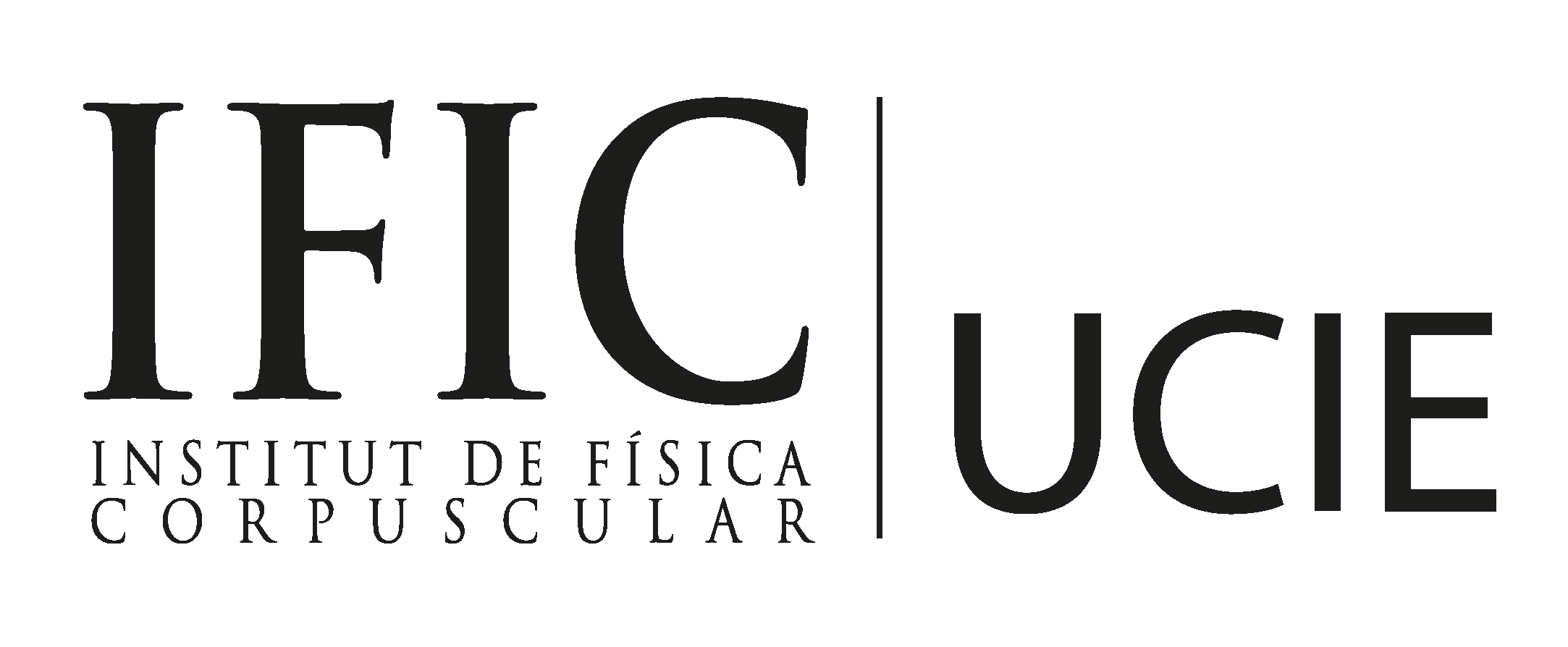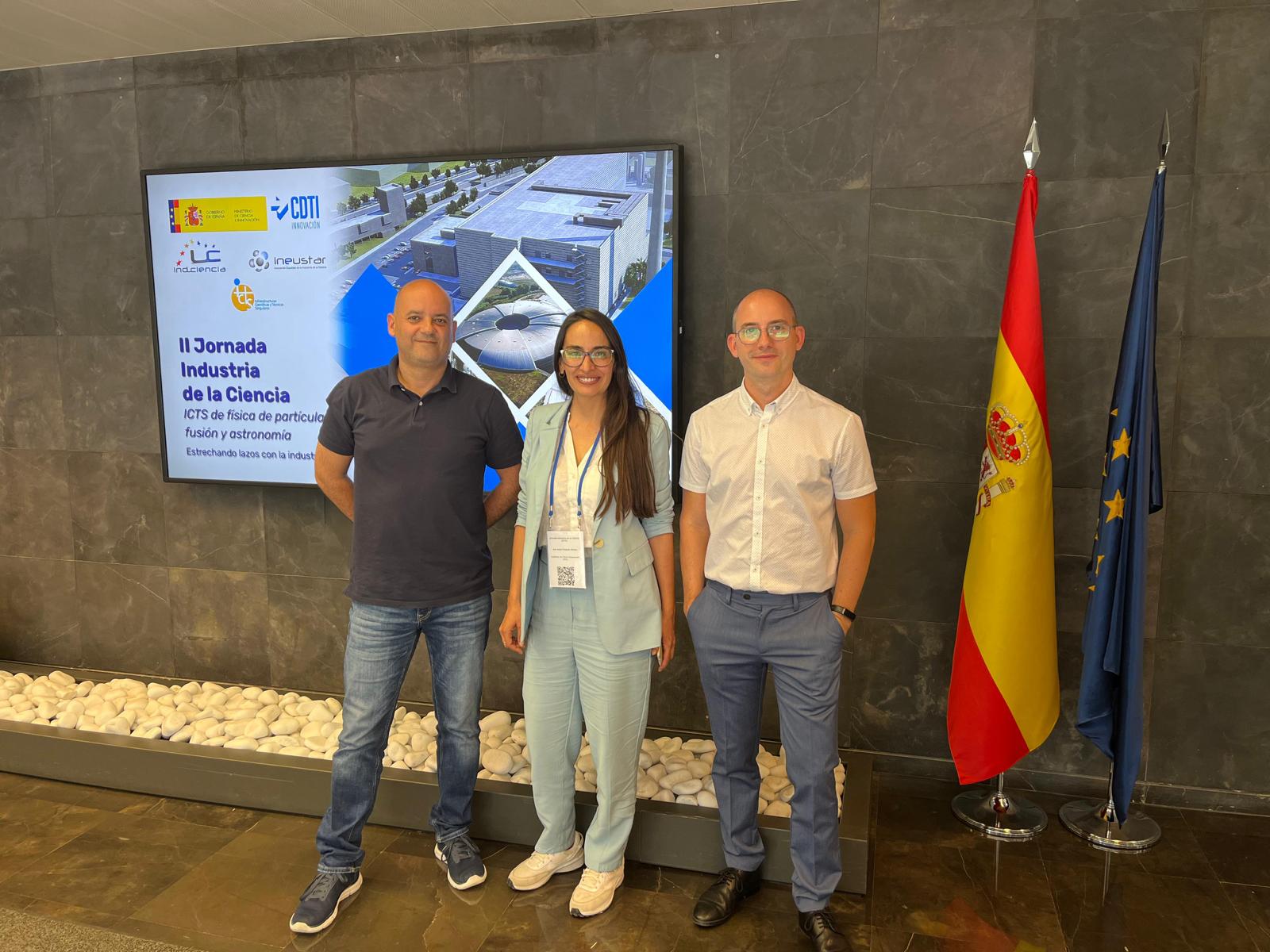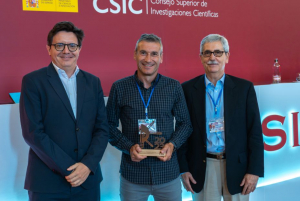On June 15th UCIE attended the II Jornada Industria de la Ciencia – ICTS Infraestructuras Científicas y Técnicas Singulares de física de partículas, fusión y astronomía – estrechando lazos con la industria, organized by CDTI, INNEUSTAR and INDUCIENCIA in Madrid.
The main objective of this conference is to serve as a meeting point to establish links between the Spanish science industry and the most relevant scientific infrastructures in the areas of particle physics, fusion and astronomy.
On the basis of the planned investment plans of this set of ICTS, the day discussed the most important technological challenges and opportunities for the science industry in the coming years, organized in a format of different round tables, which was quite participatory.
Finally, in the afternoon, B2B meetings were organized between companies, attendees and representatives of the infrastructures to promote mutual understanding and collaboration.
The ICTSs made available to the attendees the information on the challenges they plan to address in detailed summary sheets to facilitate the collection of information and participation. These sheets are available at the Unit and also on the event website.
All companies involved in the science industry attended and actively participated. UCIE innovation agents were able to explore opportunities for collaboration with companies and infrastructures.



